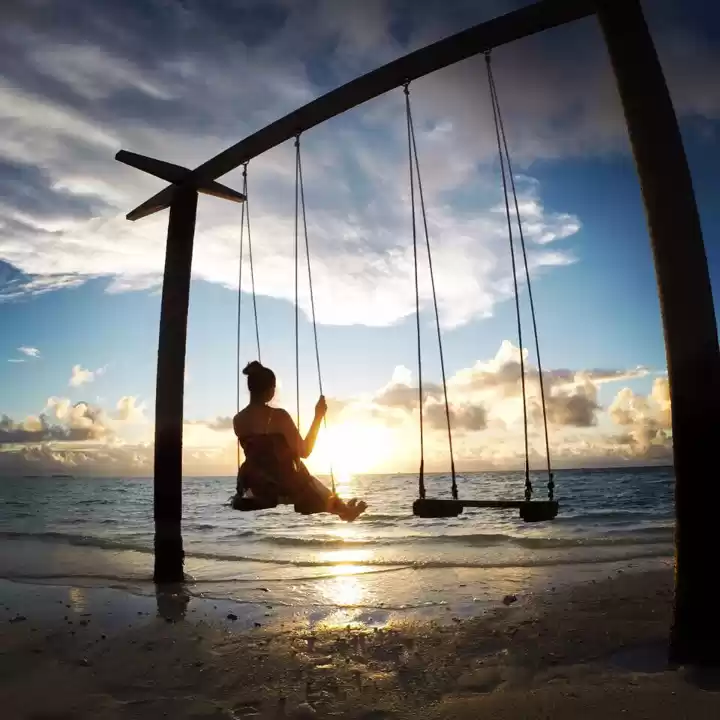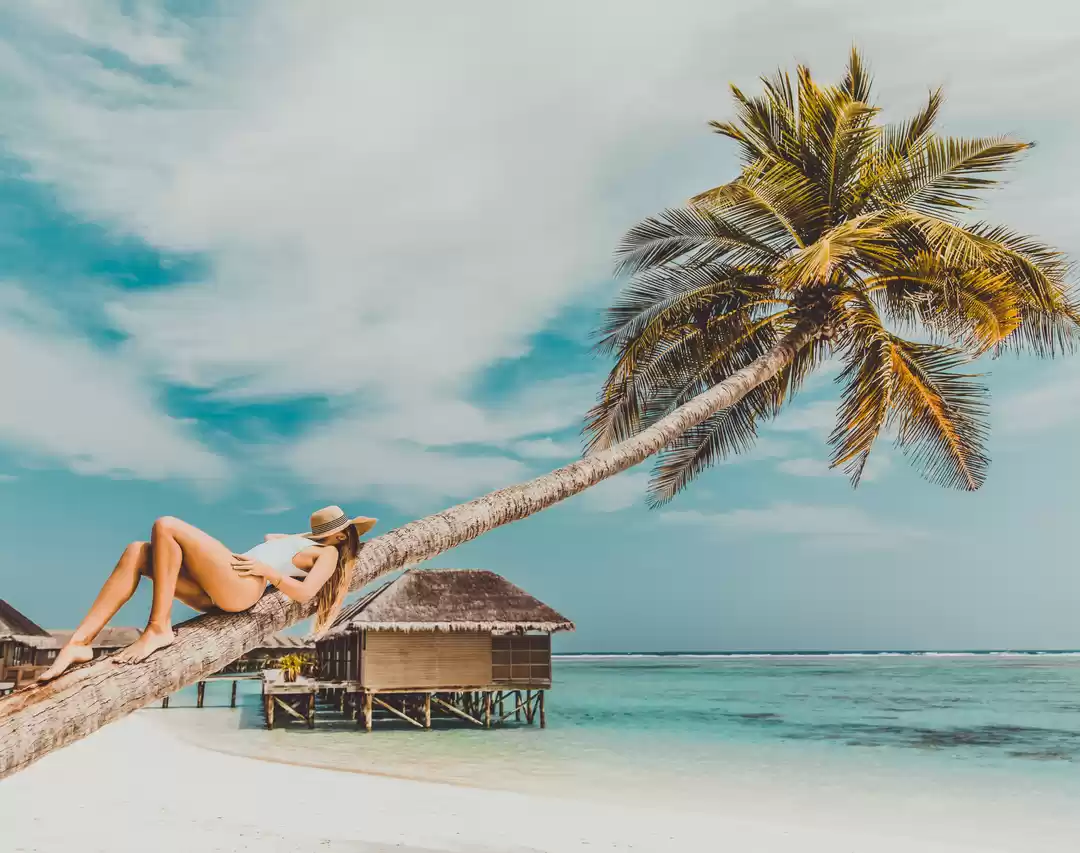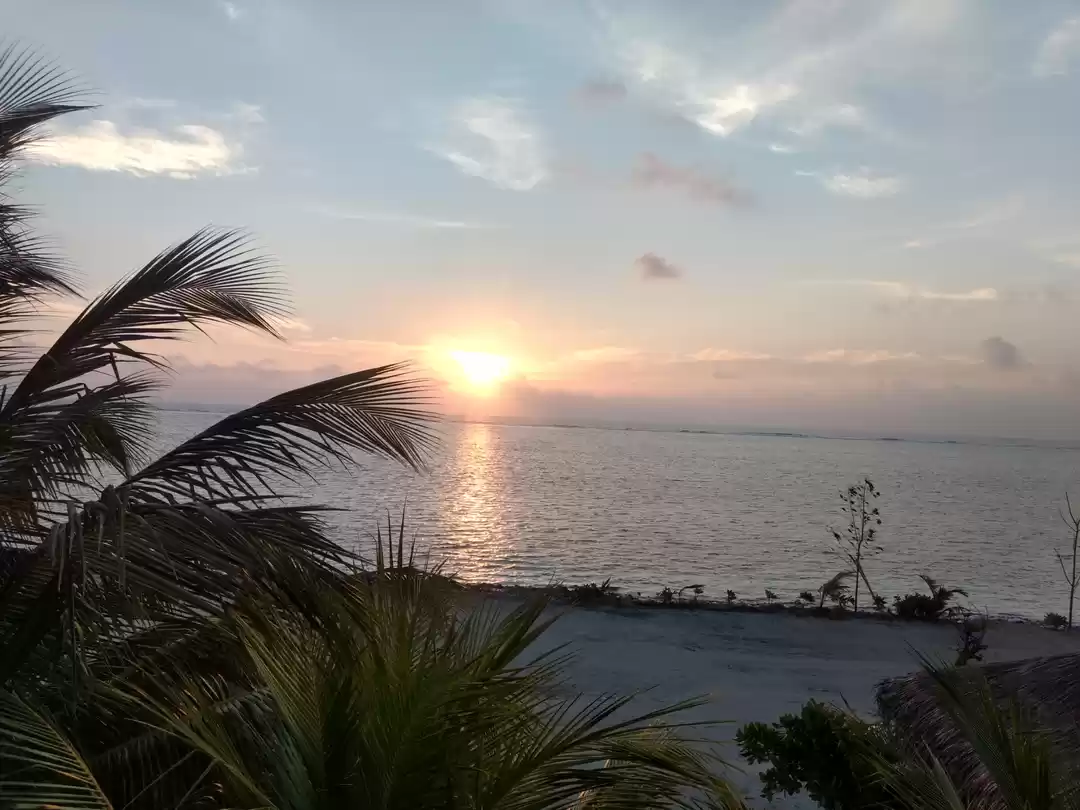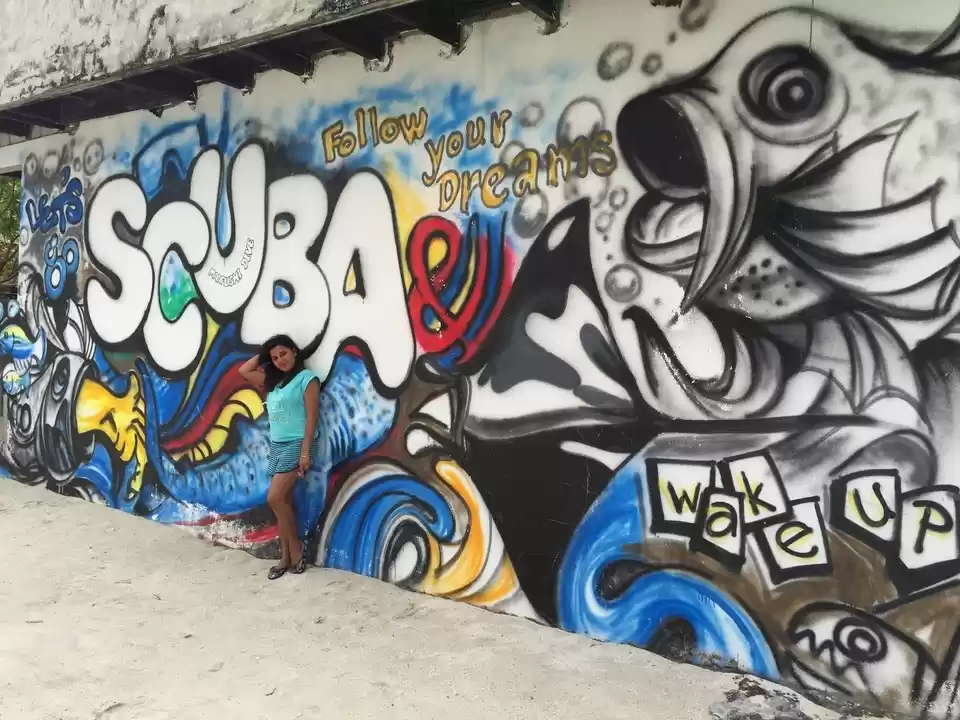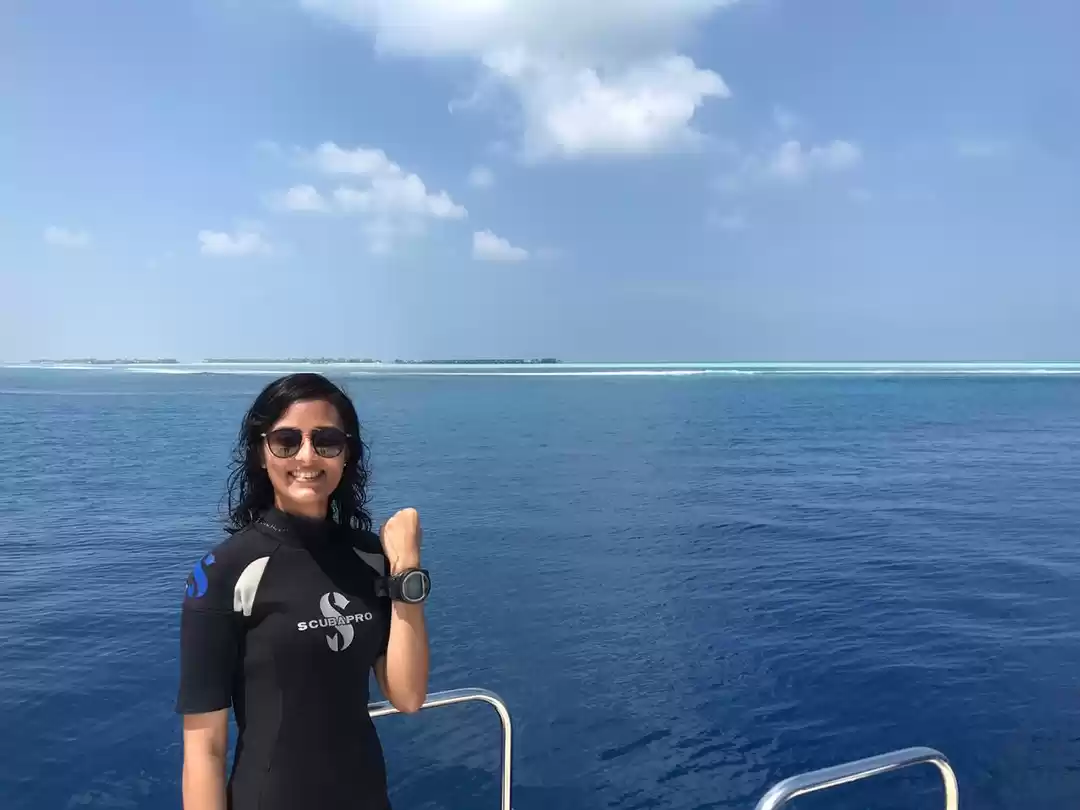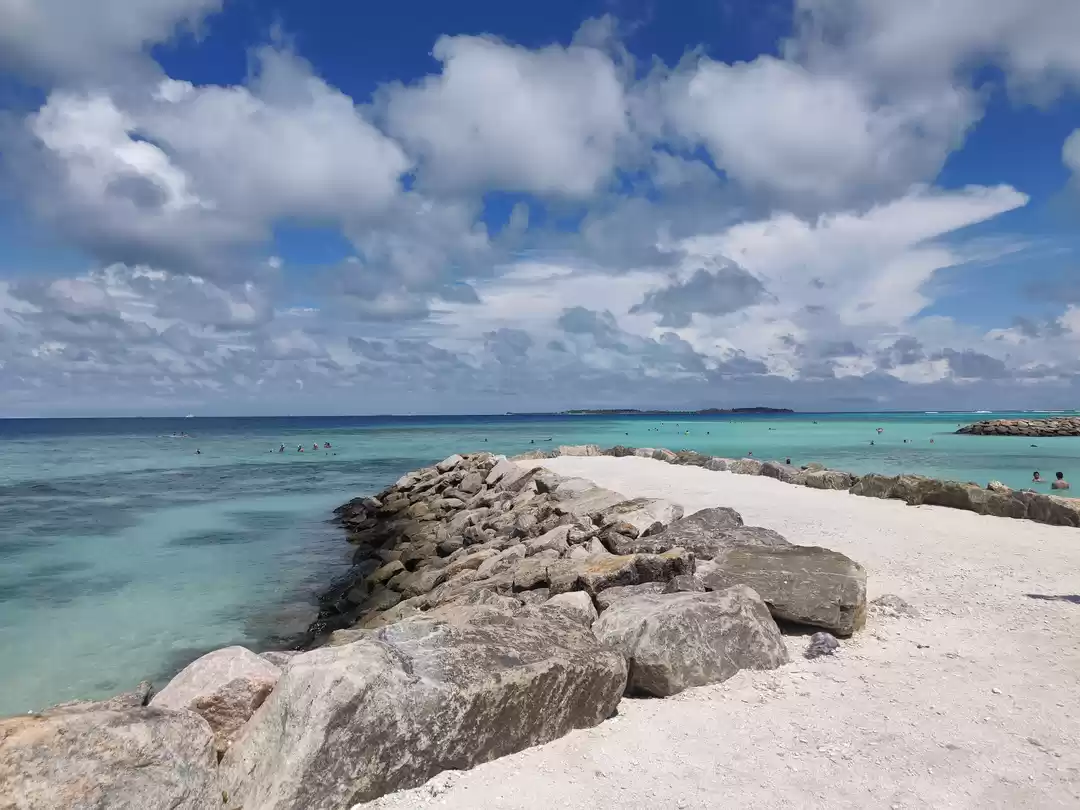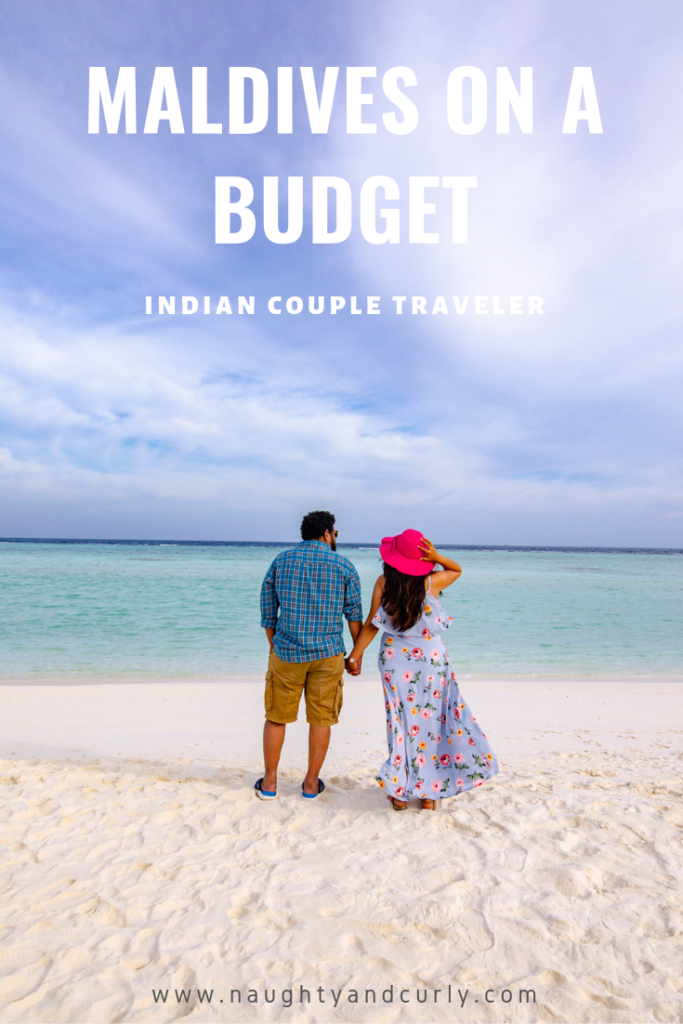Maldives is a dream destination for many travelers, known for its pristine beaches, turquoise waters, and luxurious resorts. But did you know that there is more to Maldives than just the natural beauty? Hulhumale, a man-made island in Maldives, is a testament to the country's vision and innovation. Hulhumale is not only a residential and commercial hub, but also a tourist attraction that offers a unique blend of urban and natural experiences.
Whether you are looking for a relaxing getaway, an adventurous escapade, or a cultural immersion, Hulhumale has something for everyone. In this article, we will provide you with a comprehensive guide to Hulhumale as a travel destination, including how to reach, where to stay, what to do, and what to eat in Hulhumale.
How to Reach Hulhumale
Hulhumale is located in the Kaafu Atoll, about 8 km north of the capital city of Male. There are several ways to reach Hulhumale from the Velana International Airport, which is the main gateway to Maldives. Here are some of the options:
- By plane:
You can take a domestic flight from the airport to the Hulhumale International Airport, which is located on the eastern side of the island. The flight takes about 15 minutes and costs around $50 per person. This is the fastest and most convenient way to reach Hulhumale, especially if you have a lot of luggage or are traveling with children or elderly.
- By ferry:
You can take a public ferry from the airport to the Hulhumale Ferry Terminal, which is located on the western side of the island. The ferry takes about 20 minutes and costs around $1 per person. This is the cheapest and most scenic way to reach Hulhumale, as you can enjoy the views of the ocean and the islands along the way. However, the ferry operates only from 6 am to 10 pm, and may not be available during bad weather or high tide.
- By bus:
You can take a public bus from the airport to the Hulhumale Bus Station, which is located near the Hulhumale Ferry Terminal. The bus takes about 25 minutes and costs around $2 per person. This is a comfortable and reliable way to reach Hulhumale, as the buses are air-conditioned and run every 30 minutes from 5 am to 11 pm. However, the bus may not have enough space for large or bulky luggage, and may be crowded during peak hours.
- By taxi:
You can take a private taxi from the airport to your hotel or any location in Hulhumale. The taxi takes about 15 minutes and costs around $10 per trip. This is the most flexible and convenient way to reach Hulhumale, as you can choose your own time and destination. However, the taxi may be expensive and hard to find, especially during busy periods or holidays.
Before traveling to Maldives, you should also check the visa requirements and customs regulations for your country of origin. Most nationalities can get a free 30-day visa on arrival, but you may need to show proof of accommodation, return ticket, and sufficient funds. You should also declare any items that are prohibited or restricted in Maldives, such as alcohol, pork, drugs, weapons, or religious materials.
Where to Stay in Hulhumale
Hulhumale offers a wide range of accommodation options for travelers, from budget-friendly guesthouses to luxury resorts. Depending on your preference, budget, and availability, you can choose from the following options:
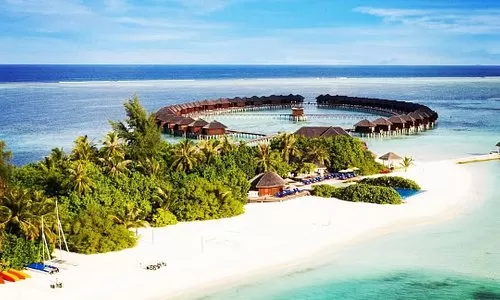
Hotels:
Hotels are the most common and popular choice for travelers in Hulhumale, as they provide comfort, convenience, and quality service. Hotels in Hulhumale range from 3-star to 5-star, and offer amenities such as air-conditioning, Wi-Fi, TV, minibar, pool, spa, gym, and restaurant. Some of the best hotels in Hulhumale are Hotel Ocean Grand, Hotel Elite Inn, and Hotel Jen. The average price for a hotel room in Hulhumale is around $100 per night, but you may find cheaper or more expensive options depending on the season and demand.
Resorts:
Resorts are the ultimate choice for travelers who want to experience the luxury and exclusivity of Maldives. Resorts in Hulhumale are located on private islands or lagoons, and offer amenities such as air-conditioning, Wi-Fi, TV, minibar, pool, spa, gym, restaurant, and water sports. Some of the best resorts in Hulhumale are Adaaran Prestige Ocean Villas, Cinnamon Dhonveli Maldives, and Paradise Island Resort & Spa. The average price for a resort room in Hulhumale is around $500 per night, but you may find cheaper or more expensive options depending on the season and demand.
Guesthouses:
Guesthouses are the cheapest and most authentic choice for travelers who want to experience the local culture and lifestyle of Maldives. Guesthouses in Hulhumale are located in residential areas or near the beach, and offer amenities such as air-conditioning, Wi-Fi, TV, fan, and shared bathroom. Some of the best guesthouses in Hulhumale are Le Vieux Nice Inn, Rivethi Beach Hotel, and UI Inn. The average price for a guesthouse room in Hulhumale is around $50 per night, but you may find cheaper or more expensive options depending on the season and demand.
Airbnb:
Airbnb is a modern and convenient choice for travelers who want to have more privacy and flexibility in their accommodation. Airbnb in Hulhumale offers a variety of options, such as apartments, villas, bungalows, or boats. You can rent an entire place or a private room, and enjoy amenities such as air-conditioning, Wi-Fi, TV, kitchen, and laundry. Some of the best Airbnb in Hulhumale are Beach View Apartment, Sea View Villa, and Luxury Yacht. The average price for an Airbnb in Hulhumale is around $100 per night, but you may find cheaper or more expensive options depending on the season and demand.
What to Do in Hulhumale
Hulhumale is a paradise for travelers who love nature, adventure, and culture. There are so many things to do, see, and enjoy in Hulhumale, that you will never get bored or run out of options. Here are some of the main attractions and activities in Hulhumale:
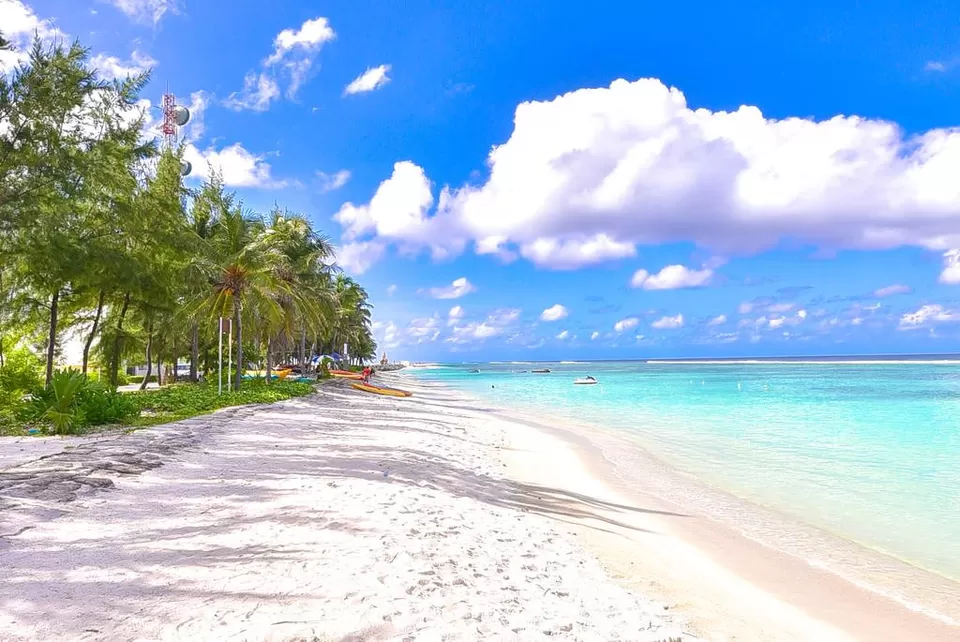
Hulhumale Beach:
Hulhumale Beach is the main attraction and the pride of Hulhumale. It is a long and wide stretch of white sand and clear water, that offers a stunning view of the ocean and the skyline. You can relax, sunbathe, swim, or play on the beach, or enjoy the various facilities and services available, such as umbrellas, chairs, showers, toilets, cafes, and shops. Hulhumale Beach is also a great place to watch the sunrise and the sunset, as the sky turns into a palette of colors. Hulhumale Beach is open 24 hours a day, and is free of charge. However, you should respect the local culture and dress modestly, as Hulhumale is a Muslim island. You should also avoid littering, smoking, or drinking alcohol on the beach, as these are prohibited or frowned upon.
Hulhumale Central Park:
Hulhumale Central Park is a green oasis in the middle of the urban landscape of Hulhumale. It is a large and well-maintained park, that features a fountain, a fishpond, a playground, a jogging track, and a picnic area. You can enjoy the fresh air, the shade, and the tranquility of the park, or engage in some fun and healthy activities, such as jogging, cycling, playing, or picnicking. Hulhumale Central Park is open from 6 am to 10 pm, and is free of charge. However, you should respect the park rules and regulations, such as keeping the park clean, quiet, and safe.
Watersports:
Watersports are one of the most exciting and thrilling activities in Hulhumale, as they allow you to explore the underwater world and the marine life of Maldives. You can choose from a variety of watersports, such as diving, snorkeling, canoeing, kayaking, surfing, jet skiing, parasailing, or banana boating. You can either book a watersport package with a reputable company, or rent the equipment and go on your own. However, you should always follow the safety instructions and precautions, such as wearing a life jacket, checking the weather and the tide, and staying within the designated area. You should also respect the environment and the wildlife, and avoid touching, feeding, or harming the coral or the fish.
Watching Sunsets:
Watching sunsets is one of the most romantic and memorable activities in Hulhumale, as they offer a spectacular view of the horizon and the sky. You can watch the sunsets from the beach, the park, the pier, or the rooftop, and witness the sun dip into the ocean and the sky change colors. You can also capture the moment with Watching Sunsets: Watching sunsets is one of the most romantic and memorable activities in Hulhumale, as they offer a spectacular view of the horizon and the sky. You can watch the sunsets from the beach, the park, the pier, or the rooftop, and witness the sun dip into the ocean and the sky change colors. You can also capture the moment with your camera or your phone, and share it with your loved ones or on social media. Watching sunsets is a free and easy activity, but you should plan ahead and check the sunset time and the weather forecast, to make sure you don’t miss it.
Hulhumale Mosque:
Hulhumale Mosque is a landmark and a symbol of Hulhumale, as it is the largest and the most beautiful mosque in the island. It is a modern and elegant structure, that features a white dome, a golden minaret, and a blue glass facade. The mosque can accommodate up to 5,000 worshippers, and hosts the daily prayers and the Friday sermon. The mosque is also open to visitors, who can admire the architecture, the interior, and the Islamic art. However, you should respect the religious and cultural norms, and dress modestly, remove your shoes, and avoid taking photos or making noise inside the mosque.
What to Eat in Hulhumale
Hulhumale is a paradise for foodies, as it offers a diverse and delicious cuisine that reflects the culture and the history of Maldives. You can find a variety of restaurants and cafes in Hulhumale, that serve local, regional, and international dishes. You can also try some of the street food and the market food, that are cheap and authentic. Here are some of the best things to eat in Hulhumale:
Mas Huni:
Mas Huni is a traditional and popular breakfast dish in Maldives, that consists of shredded tuna, coconut, onion, chili, and lime. It is usually served with roshi, a flatbread, and tea or coffee. Mas Huni is a healthy and filling dish, that provides you with protein, fiber, and vitamins. You can find Mas Huni in most of the restaurants and cafes in Hulhumale, or make it yourself with fresh ingredients.
Garudhiya:
Garudhiya is a staple and classic dish in Maldives, that consists of a clear fish broth, made with tuna, water, salt, and curry leaves. It is usually served with rice, roshi, lime, chili, and onion. Garudhiya is a simple and flavorful dish, that showcases the freshness and the quality of the fish. You can find Garudhiya in most of the restaurants and cafes in Hulhumale, or order it from a local home cook.
Hedhikaa:
Hedhikaa is a term that refers to the snacks and the finger food that are popular in Maldives. They are usually eaten in the afternoon or in the evening, with tea or coffee. Hedhikaa can be sweet or savory, and can be made with fish, coconut, flour, sugar, or fruits. Some of the most common and delicious hedhikaa are bajiya, a pastry filled with fish and onion, gulha, a ball of dough stuffed with fish and coconut, and bondi, a sweet made with coconut and sugar. You can find hedhikaa in most of the street stalls and the markets in Hulhumale, or buy them from a local bakery.
Hulhumale is a hidden gem in Maldives, that offers a unique and diverse experience for travelers. Whether you are looking for a relaxing getaway, an adventurous escapade, or a cultural immersion, Hulhumale has something for everyone. You can enjoy the stunning beach, the green park, the modern mosque, the exciting watersports, and the delicious cuisine in Hulhumale, and discover the beauty and the innovation of this artificial island.
Hulhumale is a perfect destination for any type of traveler, whether you are traveling solo, with your partner, with your family, or with your friends. Hulhumale is waiting for you, so don’t hesitate and book your trip today. If you need any help or advice, feel free to contact me or visit the Tripoto website for more information and inspiration.
We hope you enjoyed this travel guide to Hulhumale, and I hope to see you soon in this island paradise.














